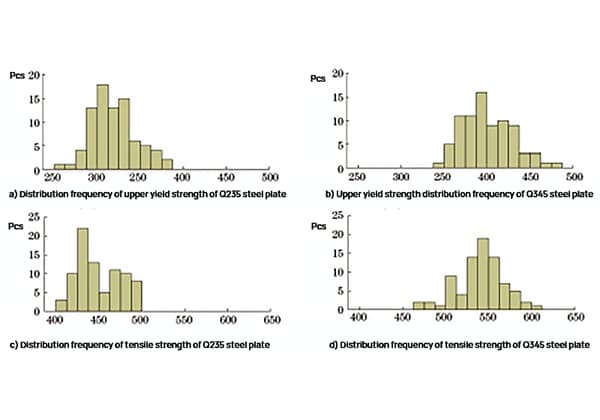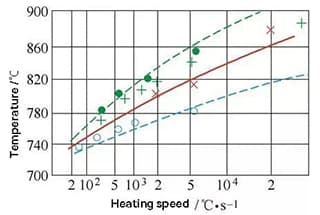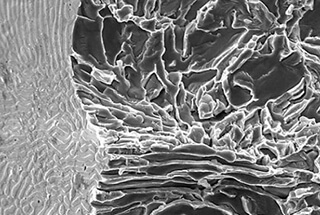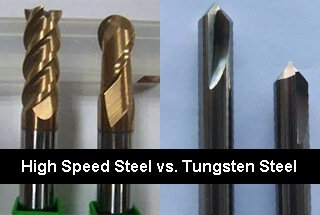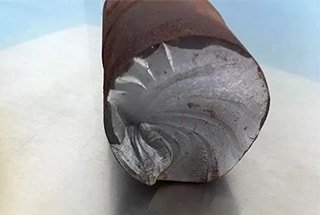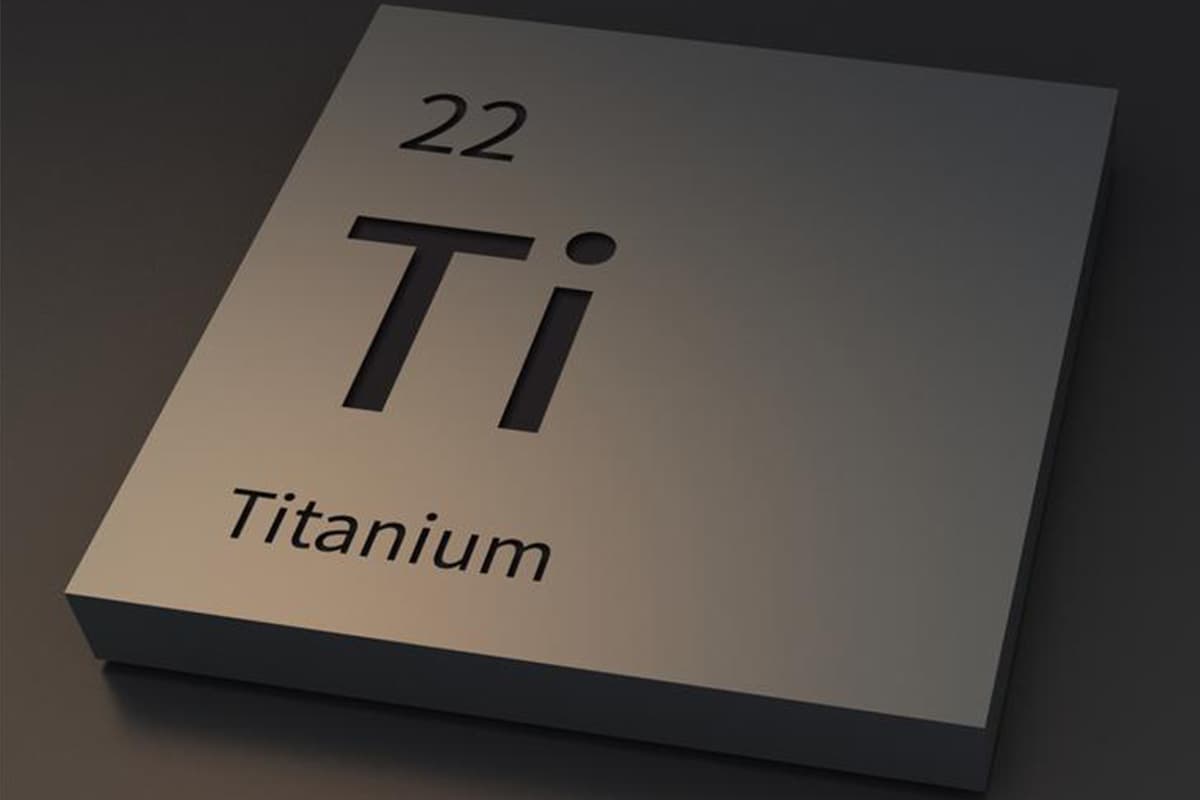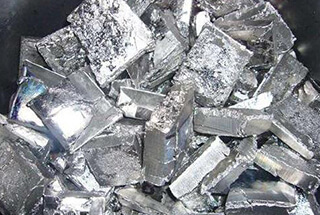
Imagine a material that can support towering skyscrapers, withstand earthquakes, and resist corrosion—all while being cost-effective and high-performing. High-strength steel bars, with strengths of 500MPa and above, are revolutionizing construction with advanced production methods like vanadium microalloying. This article dives into the fascinating world of these steel bars, exploring their composition, manufacturing processes, and applications. Learn how these innovations are not only enhancing safety and durability but also paving the way for the next generation of sustainable building practices.
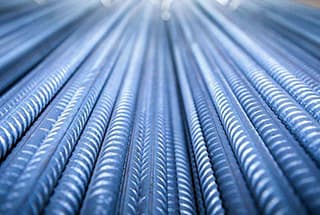
High-strength steel bars are considered the backbone and skeleton of the construction industry. Currently, there are five main areas of development for high-strength reinforcement materials:
This article provides a brief overview of the properties and production process of high-strength steel bars and seismic steel bars with a grade of 500MPa and above for building construction.

The primary production process for 500MPa high-strength steel bars involves adding the microalloying element vanadium to low-alloy steel 20MnSi and utilizing inexpensive nitrogen to achieve precipitation strengthening. This allows the steel to achieve a strength of 500MPa.
The vanadium microalloying technology has several advantages, including a cost-effective and reasonable composition design, stable reinforcement performance, high strength-to-yield ratio, and excellent low-temperature and welding performance.
This process is considered an optimal method for producing 500MPa high-strength reinforcement.
2.1.1 Composition design and mechanical properties
GB1499.2 (revised in 2016) specifies that the chemical composition and carbon equivalent of HRB500 must meet the requirements listed in Table 1. Additionally, elements such as vanadium, niobium, and titanium may be added to the steel as needed.
Table 1 in GB1499.2 (revised in 2016) outlines the chemical composition and mechanical property requirements for 500MPa high-strength reinforcement.
| Chemical composition, mass% | Brand | HRB500 | HRBFS00 | HRBSODE | HRBFSOOE |
| C | 0.25 | ||||
| Si | 0.8 | ||||
| Mn | 1.6 | ||||
| P | 0.045 | ||||
| S | 0.045 | ||||
| Ca | 0.S5 | ||||
| Mechanical property | Yield strength RtL, MPa | 500 | |||
| Tensile strength R, MPa | 630 | ||||
| Elongation after fracture A% | 15 | – | |||
| Total secondary length ratio of maximum force A% | 7.5 | 9 | |||
2.1.2 Technical route
The technical processes for producing 500MPa high-strength steel bars include post-rolling waste heat treatment, ultra-fine grain, and microalloying.
The first two methods utilize the composition of low-alloy steel 20MnSi, while the microalloying process involves adding microalloying elements such as vanadium, niobium, and titanium to 20MnSi.

1) Microalloying
Microalloying technology improves the mechanical properties of steel by adding microalloying elements to 20MnSi steel through metallurgical methods. The strengthening mechanism involves the formation of high-melting-point, high-hardness carbides and nitrides from the microalloying elements and carbon and nitrogen atoms in the steel.
On one hand, the precipitation of these carbides and nitrides on the austenite grain boundary hinders the growth of austenite grains during heating and results in fine-grain strengthening.
On the other hand, the precipitation of these carbides and nitrides during or after the transformation of austenite into ferrite hinders dislocation movement in the iron lattice and leads to precipitation strengthening.
2) Ultrafine grain technology
The ultrafine grain technology is a modern production process that combines controlled rolling and controlled cooling, and does not require the addition of microalloy elements. The implementation of this process requires computer control of the temperature throughout the steel rolling production line, and the specific steel rolling process system must be tailored to the variety and specifications of the steel.
This technology utilizes a combination of recrystallization-controlled rolling, non-recrystallization controlled rolling, deformation-induced ferrite transformation, and ferrite dynamic recrystallization mechanisms to control grain size and microstructure, ultimately achieving fine-grain strengthening of the steel.
3) Residual heat treatment after rolling
The post-rolling waste heat treatment technology is a process that does not require the addition of microalloy elements. It integrates the hot rolling and heat treatment processes, where the steel bars are quenched online after hot rolling for surface cooling and then the waste heat from the steel core is used to temper the surface layer of the steel bars. This transforms the surface structure of the steel bars into tempered sorbite, which retains the martensite orientation, while the core becomes a refined ferrite and pearlite structure with a higher relative content of pearlite. This ultimately results in 20MnSi steel reaching a strength level of 500MPa through microstructural strengthening.
Although the post-rolling heat treatment and ultrafine grain technologies do not require the addition of microalloy elements, they have a high equipment cost and a low strength-to-yield ratio, and are prone to aging. As a result, these methods are not suitable for mechanical connections using welding or surface damage.
The microalloying technology has the lowest equipment cost, as it does not require temperature control equipment on the steel rolling production line. It also has a high strength-to-yield ratio, low aging sensitivity, and good welding performance.

Based on a comparison of product performance and production cost, it can be concluded that the best technical method for producing 500MPa high-strength steel bars is through the microalloying process.
Table 2 in GB1499.2 (revised in 2016) outlines the chemical composition and mechanical property requirements for 600MPa high-strength reinforcement.
| Chemical composition, mass% | Spleen number | HRB600 |
| C | 0.28 | |
| Si | 0.8 | |
| Mn | 1.6 | |
| P | 0.045 | |
| S | 0.045 | |
| Cr | 0.58 | |
| Mechanical property | Yield strength RL, MPa | 600 |
| Tensile strength Rm/MPa | 730 | |
| Elongation after fracture% | 14 | |
| Total elongation of maximum force A% | 7.5 |
2.2.1 Composition design and mechanical properties
Currently, steel plants such as Shagang, Chenggang, and Jigang in China have a proven track record of successfully producing 600MPa hot-rolled deformed bars.
Table 2 in GB1499.2 (revised in 2016) outlines the requirements for the chemical composition and mechanical properties of 600MPa high-strength reinforcement HRB600.
2.2.2 Technical route
At present, many steel plants in China can produce 600 MPa grade high-strength steel bars that are utilized in construction projects. However, there is limited research on the chemical composition, phase transformation, and microstructure evolution of these steel bars and their relationship with the rolling and cooling production processes. This results in improper matching of micro alloying technology and controlled rolling and cooling processes, leading to the waste of expensive alloy elements and failure to meet the required mechanical properties of the steel bars.
Domestic steel plants, such as Shagang, Chenggang, and Jigang, that have successfully achieved HRB600 production primarily adopt the vanadium alloying technique, which involves adding vanadium to significantly improve the strength. The production of 600 MPa high-strength steel bars through niobium, titanium, and process control is still rare.
Vanadium alloying technology is the main technical route for developing high-strength weldable steel bars globally. Process control can be achieved through either controlled rolling and controlled cooling or post-rolling heat treatment. High-strength steel bars are produced through controlled rolling and controlled cooling, mainly through low temperature rolling and rapid cooling, to reduce grain size and improve strength.
Using the same production process as medium and low-strength steel bars to produce 600 MPa high-strength steel bars through alloying has several benefits. Firstly, it avoids the transformation of the production line and the problems associated with it, including the cost input for equipment modification. Secondly, it helps in the large-scale rapid production and promotion of HRB600 new products.
However, relying solely on alloying to improve strength increases the cost of alloys, and higher alloy content can also cause structural abnormalities.
In conclusion, the current process route for producing 600 MPa high-strength reinforcement is mainly alloying, supplemented by process control. During the initial stage, the production process of 600 MPa high-strength reinforcement should be as close as possible to that of medium and low-strength reinforcement to facilitate its widespread adoption and application.

Due to the growing demands of the Chinese construction industry for high-performing steel bars, there is widespread concern about the safety and seismic resistance of building structures.
In the GB 1499.2-2007 standard, the seismic performance index of reinforcement is included for the first time as a national standard. Three representative seismic reinforcement indexes have been specified: the strength-yield ratio (R ˚ m /R ˚ eL), the super bending ratio (R ˚ eL/ReL), and the total elongation at maximum force (Agt).
Tables 3 and 4 show the chemical composition and mechanical property indexes for HRB400E and HRB500E seismic reinforcement from a domestic steel plant. These indexes were obtained from the multi-sample inspection.
Table 3 Chemical Composition of HRB400E and HRB500E Seismic High Strength Reinforcement %
| Brand | C | Si | Mn | V |
| HRB400E | 0.19-0.25 | 0.36-0.57 | 0.27-1.52 | 0.035-0.056 |
| HRB500E | 0.20-0.25 | 0.36-0.57 | 1.38-1.58 | 0.082-0.113 |
Table 4 Mechanical Property Inspection of HRB400E and HRB500E Seismic High Strength Reinforcement
| Brand | RpL,MPa | Rm,MPa | A,% | Agt,% | R0m/R0pL | R0pL/RpL |
| HRB400E | 425-485 | 570-625 | 21.5-30.5 | 10.5-18.5 | 1.28-1.41 | 1.06-1.21 |
| HRBS00E | 515-595 | 665-725 | 19.5-26.5 | 10.0-17.5 | 1.26-1.39 | 1.03-1.19 |
3.2.1 Microalloying technology
The high strain low cycle fatigue performance is the primary seismic index for steel bars.
The primary method to enhance the high strain low cycle fatigue performance of seismic steel bars is through microalloying. This technology is widely used both domestically and internationally to improve the comprehensive properties of steel bars by refining grains and precipitation strengthening.
In China, vanadium is preferred as the microalloying element, and a small amount of nitrogen is added at the same time to increase the number of V (C, N) precipitated phases. This enhances the role of precipitation strengthening and fine grain strengthening, and significantly improves the seismic performance of steel.
Some researchers have also successfully developed 600MPa grade fine grain high-strength anti-seismic reinforcement using a Cr+V microalloying process. Vanadium is used to form V (C, N) compounds in steel, which significantly improves its strength. Additionally, a certain amount of chromium is added to enhance the seismic performance of the reinforcement. The final mechanical properties meet the requirements for 600MPa fine grain high-strength seismic resistance.
The metallographic structure of the reinforcement is composed of “ferrite+pearlite” at the edge and center, with no bainite or edge tempering structure that would negatively impact its service performance.
3.2.2 Fine crystallization technology
Japan has a long history of studying fine crystallization technology, which involves combining large deformation rolling with dynamic recrystallization to refine the grain structure. This has led to the development of ultra-high strength seismic reinforcement with a strength range of 685-980MPa, which is considered to be at an international advanced level.
In contrast, China is focusing on combining deformation and phase transformation to achieve grain refinement.
Fine grained steel bars have been noted for their wide range of cyclic plastic deformation and low probability of cracking during material deformation. Additionally, these bars have higher cyclic toughness and lower cycle fatigue life compared to waste heat treated steel bars. Furthermore, ultra-fine grained steel has better weldability than ferrite pearlite steel.
However, there are still some limitations in the practical application of fine grained steel bars. These include strict requirements for equipment and workpiece size, uneven microstructure and properties due to deformation and uneven cooling of large-sized bars, and a decrease in the strength yield ratio due to a higher increase in yield strength than tensile strength when the grain size is too small. Fine grained steel also has low corrosion resistance due to its fine grain structure and increased number of grain boundaries.
Therefore, further development of the fine crystallization technology is necessary.
Three common methods for producing high-strength steel bars are microalloying, fine crystallization, and waste heat treatment.
Compared to the other two processes, microalloyed steel bars have the advantage of stable performance, low sensitivity to strain aging, and good welding performance.
Waste heat treated steel bars are produced by quenching hot rolling steel bars, resulting in improved strength. This process is resource and energy efficient, leading to lower production costs.
Fine grained reinforcement is capable of meeting both strength and toughness requirements for seismic reinforcement.
Despite these advancements, there are still some challenges in the above processes, including:
Therefore, to produce high-strength steel bars, it is crucial to effectively combine microalloying, fine crystallization, and waste heat treatment technologies based on actual application needs and cost-effectiveness. This will not only reduce the addition of alloy elements and lower production costs, but also significantly enhance the mechanical properties of steel bars.

